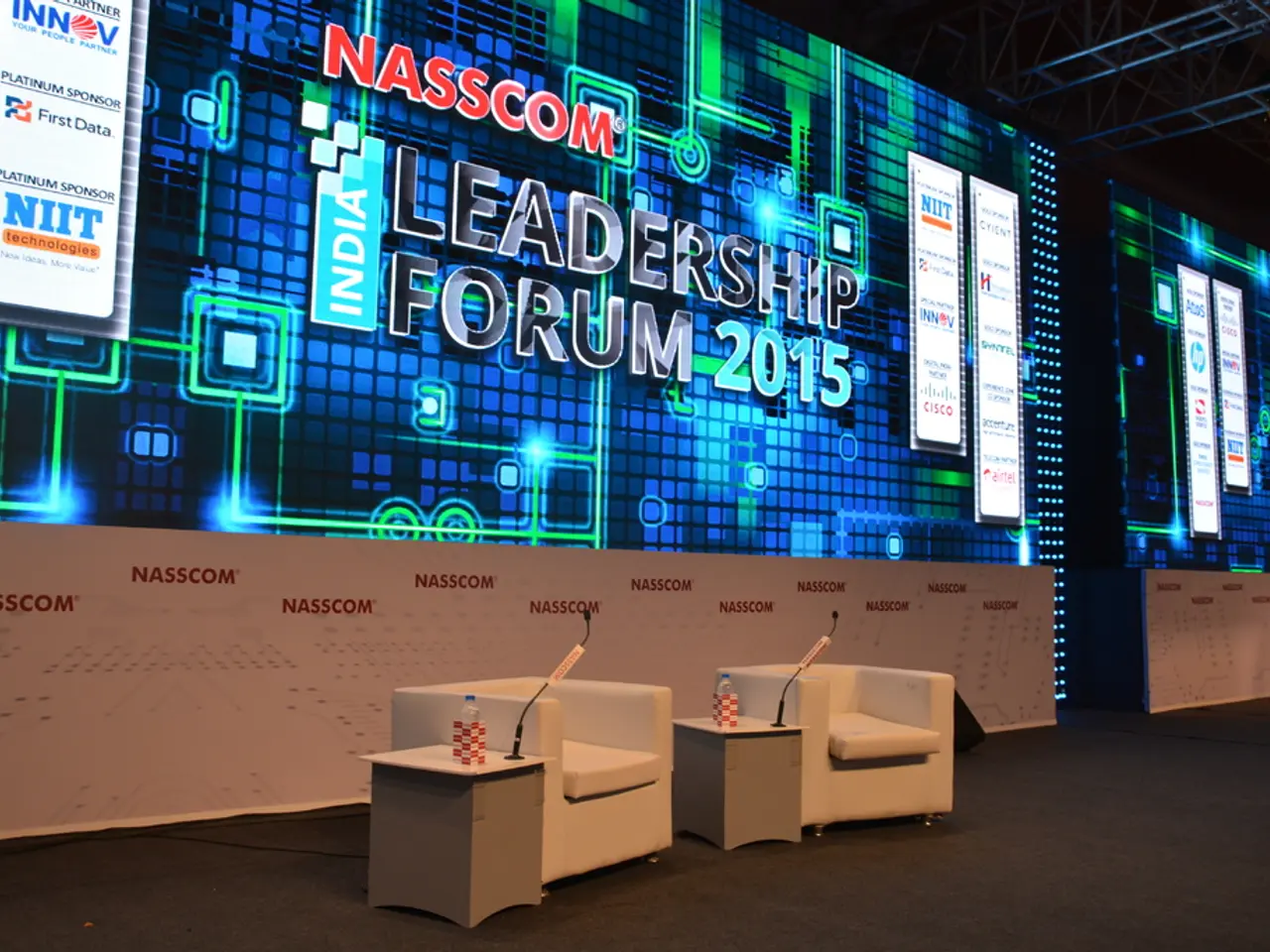Product Development: Concept, Explanation, Stages
Product development is a systematic and lengthy process that takes an idea from its inception to its release in the market. This journey involves several stages, each with its unique set of tasks and considerations.
The process begins with ideation, where teams brainstorm ideas to address market needs or customer pain points. This phase involves research and collaboration to identify product opportunities and innovative solutions.
Following ideation, the chosen idea is refined into a clear concept in the product definition and concept development stage. This includes defining the product’s purpose, features, target audience, and value proposition, often leading to a minimum viable product (MVP) concept to test assumptions early.
The next step is design and prototyping. UI/UX designers create user interfaces, and developers start building functional models or MVPs based on the defined concept. Agile methods and iterative design are frequently used to improve the product progressively and incorporate feedback.
Testing and validation is a crucial stage where prototypes undergo testing to identify technical issues, usability problems, and market acceptance. This stage helps mitigate risks by ensuring the product meets quality and user expectations before full-scale production.
Once tested and validated, the product is prepared for commercialization (marketing and launch). This includes marketing strategy, training teams, distribution planning, and sales enablement to successfully introduce the product to customers and achieve market penetration.
Additional initial and transitional phases sometimes included are discovery and market research, where customer needs and market trends are identified to guide ideation; screening and evaluation, where ideas that lack market potential, technical feasibility, or economic viability are filtered out; and training and post-launch activities, where internal teams are educated and post-launch customer feedback is gathered for continuous improvement.
In the Fuzzy Front End (FEE), conceptual clarity is offered, especially when the process is complicated and the concepts of the product are mixed up. On the other hand, the Stage-Gate phase is highly organized and optimizes the chances of successful product development. It includes steps such as idea generation, business analysis, prototype development, and product development.
SCRUM is a framework for effective collaboration on complex ideas, focusing on small steps and iterative development. It consists of three fundamental roles: product owners, development teams, and masters.
The Stage-Gate phase also involves analyzing the target niche, market trend, demand, and supply gap to come up with a product idea that is relevant to the target customers. The process of screening product ideas involves asking key questions such as their potential value to customers, target audience size and growth forecast, competition analysis, trend analysis, feasibility on technical ground, profit potential, and consumer acceptance of price.
The chances of a product idea getting converted into a successful product are higher if the idea is relevant to the latest marketing trends. New product pricing and post-launch review involve gauging the overall impact of the product, changing the price based on market acceptance, forecasting unit volumes, profits, and revenues, and modifying the product based on market presence.
Product launch involves ensuring consistent product availability, managing distribution channels, analyzing user feedback, and developing remarketing strategies. Technical implementation finalizes the technical aspect of the product, analyzing resource requirements, engineering operations, scheduling, technical specifications, communications, and logistics.
In conclusion, the full process integrates creative idea generation, careful design and prototyping, rigorous testing, and strategic marketing/launch steps to create and successfully bring a product to market. A reliable roadmap, following one of the approaches (FEE, Stage-Gate, or SCRUM), and learning techniques to handle unpredictability are key to guaranteeing success and a wave of demand for the product.
Read also:
- IM Motors reveals extended-range powertrain akin to installing an internal combustion engine in a Tesla Model Y
- Competitor BYD Nipping at Tesla's Heels: European Victories for BYD Explained
- Hyundai's 2025 IONIQ 9 luxury electric SUV receives a thorough evaluation, highlighting its abundant features and significant cost.
- Annual energy expenditure at the University Science Building slashes by $1.2 million, all the while adhering to environmental safety ventilation standards.





